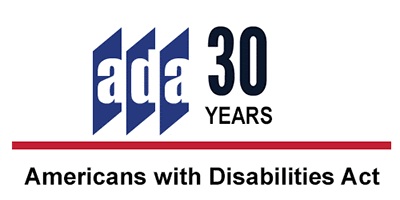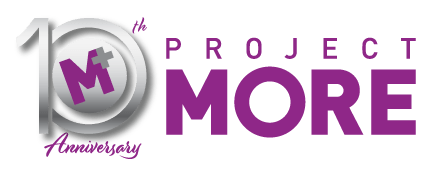
This year, we are celebrating 30 years of the Americans with Disabilities Act (ADA). According to the Center for Disease Control and Prevention (CDC), 61 million adults in the United States live with a disability. In the LGBTQ+ community, approximately 3 to 5 million people have a disability. The ADA grants protection to people with disabilities, similar to the protections given to individuals on the basis of sex, religious affiliations, and race. The ADA ensures infrastructure and technology are built to provide accessibility to people with disabilities. Establishing accessible products and services to as many people as possible is important because it gives everyone the same opportunities to thrive under any circumstances, creating inclusiveness in any environment. A disability does not define who someone is, nor should accessibility be a barrier to participation in someone’s day-to-day life.
[emaillocker id=4438]
In the U.S., six types of disabilities are prevalent: hearing, vision, cognitive, ambulatory, self-care, and independent living (Source). RespectAbility, a nonprofit that works to fight stigma and advance opportunities for people with disabilities, outlined a guide on how to interact with people with disabilities. They suggest to put the person first, say “person with a disability” rather than “disabled person.” Say “people with disabilities” rather than “the disabled.” And if you are not sure what words to use, ask. The main takeaway is to avoid using outdated and disparaging terms like “handicapped,” “crippled,” or “retarded” when referring to someone with a disability. The disability does not define the individual but is part of who they are just like their sexual orientation, race, nationality, etc.
Since the ADA passage, there has been a significant advancement in our society for people with disabilities. Telecommunication companies, transportation, and public facilities continue to improve their offerings and establishments to make them accessible and inclusive for all. Although progress is visible, there is work that still needs to get done, especially in the workforce. The employment gap between people with a disability and people without a disability is a problem in the United States. In 2019, 37% of U.S. residents with disabilities ages 18-64 living in the community had a job, compared to 77.2% for people without disabilities. Employers can help close the unemployment gap by adopting measures that give everyone an equal opportunity.
If you run a business, think how you can be more welcoming to people with disabilities. Is your business ADA compliant? What are you doing to go beyond the ADA guidelines to build a more inclusive environment for all?
[/emaillocker]
Learn MORE about ADA standards, regulations, and enforcement.

